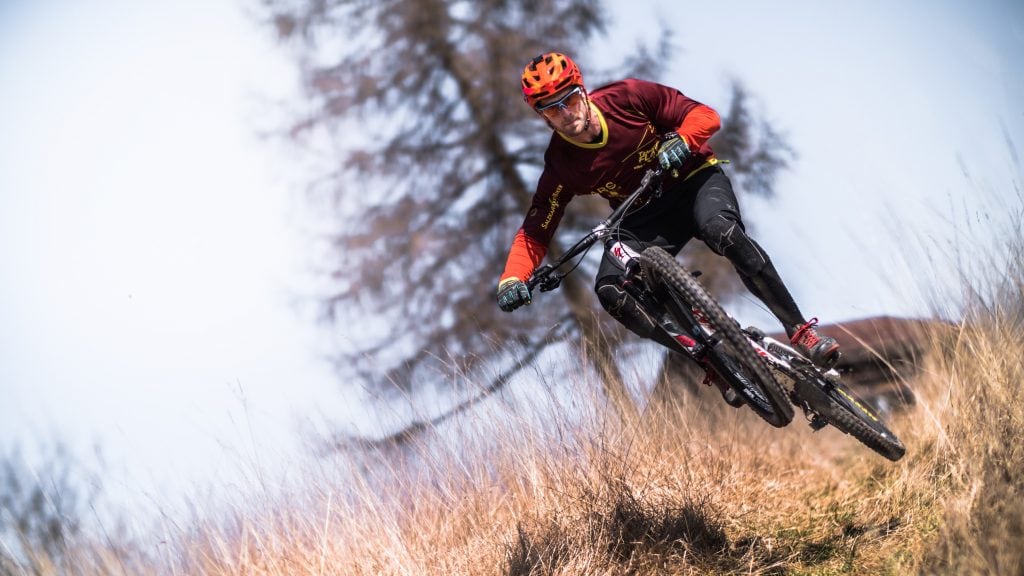Going to the gym, cross fit, cycling, triathlons and running marathons have never been more popular, especially in the male over thirty-five group. These athletes look the picture of strength, resilience and often raw masculinity; their discipline and commitment is to be admired. Yet many are in an addictive trap at cost to their long-term wellbeing.
Exercise is a powerful medicine; GP’s are starting to prescribe it to their patients to help their mental health. Regular exercise can have a profound positive impact on anxiety and depression; I highly recommend it. But there is a big difference between healthy exercise and an addiction to adrenaline and relentless achievement.
When we exercise, our mind and body realises endorphins. Endorphins are similar to the drug morphine—nature’s heroin. They diminish the perception of pain and act as a numbing chemical. Adrenaline, too, is a natural chemical which is released in quantity when we are in danger. It’s the reason that when we hurt ourselves badly we don’t feel the pain for fifteen minutes.
Numbing buried emotional pain with physical pain can become a trap. Unresolved trauma and grief sits in the nervous system. It’s uncomfortable and vulnerable to feel when you don’t know how to release it.
Numbing isn’t the same as releasing. Numbing is short-term relief that keeps you in a cycle of chasing moments of high, moments of escape from the baseline of emotional pain and supressed grief. Numbing isn’t letting go of or healing pain, it’s distracting with different pain. Numbing is stubbing your toe to get rid of a headache or hitting yourself in the face with a hammer to find relief from tooth ache.

Photo by Thomas Schweighofer on Unsplash
For example, let’s imagine a man called James. James loved crossfit. He enjoyed the like-minded community around him—determined and committed people, many attracted to the extremes of exercise. He enjoyed pushing his body further and further, and most evenings it was where he went to release the stress of the day. Then he got injured.
He continued to push on through the pain—an already familiar pattern—doing more to numb the emotional and now added physical pain. Chasing the point where he couldn’t feel the stress anymore, only the burn. Pain is our mind and body’s way of communicating something important. We need to listen and adjust accordingly. Buried pain always finds a way to get our attention, often through impacting our mental and physical health.
When your road to inner peace is via creating physical pain you have a problem.
In a manual car there are two pedals—an accelerator and a break. We need both pedals to navigate through the ups, downs and twists of the road of life. What would happen if you went everywhere accelerator hard to the floor then slammed on the breaks to force a stop? Our nervous system is the same—go, go, go, then rest and relax. Both need to work together to be balanced or you get burn out.
Learning balance, reconnecting with your inner feelings and learning to let go is the recipe for freedom and longevity of life. There is a difference between healthy exercise and the feeling of your body screaming from the assaulting pursuits of extreme exercise. The real question to ask is, “What unexpressed negative feelings am I refusing to feel?”It’s time to be deeply honest with yourself.
We all came into the world with one unique body and one life. Be kind to it and it will serve you well for your stay here.

